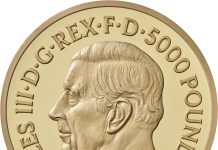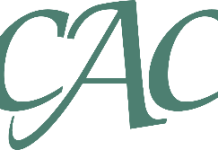
At a time when gold prices are inspiring investors to ever further consider the yellow precious metal as a critical wealth asset, many collectors are also finding ways to incorporate gold coins into their numismatic holdings. Even buying just one gold coin is out of reach for so many collectors, but those who have the funds to add a few gold coins to their collections have several exciting options to choose from. Among the most popular of these is a four-piece type set consisting of the quarter eagle ($2.50 face value), half eagle ($5 face value), eagle ($10 face value), and double eagle ($20 face value).
Those four denominations represent the types of gold coins that most widely circulated for the longest duration of time. All four gold coins saw use for many decades and also hosted a variety of designs that have long been popular with collectors. However, the most broadly collected of these are the Liberty Head gold coins and the four gold coins that were struck during the age of the so-called Renaissance of American Coinage, including the two gold coins by Augustus Saint-Gaudens and his student-protégé, Bela Lyon Pratt; these pieces include the eponymous Saint-Gaudens double eagle and Indian eagle by Saint-Gaudens and the Indian Head quarter and half eagles by Pratt.
Both the Liberty Head and Saint-Gaudens/Pratt sets are extraordinarily rewarding gold type collections that are relatively simple to piece together, with enough money, of course. These four-piece sets can also beautifully stand alone as self-contained gold type arrangements or serve as significant components of larger gold type sets that also incorporate other designs and denominations.
It should be noted that common-date pre-1933 U.S. gold coins have seen premiums come down in recent years due in part to the discoveries and dispersals of overseas gold hoards — these particularly involving large caches of double eagles. So, while the four-piece gold type sets are still highly collectible and sought after by numismatists, they are relatively much less expensive to build now in terms of premiums than they were 30 or 40 years ago.
*Image courtesy of Joshua McMorrow-Hernandez.














